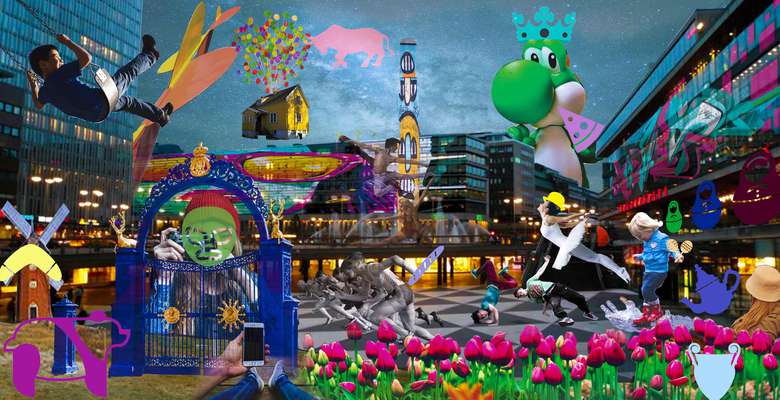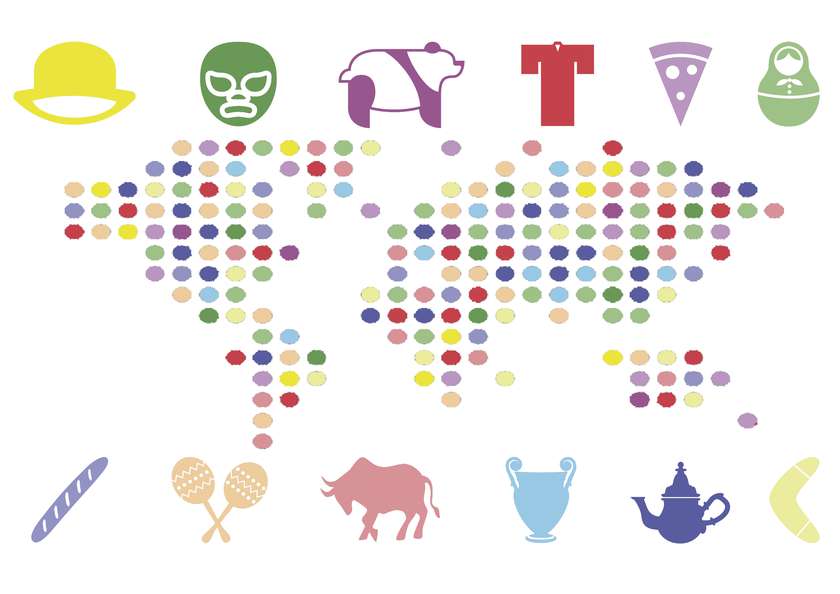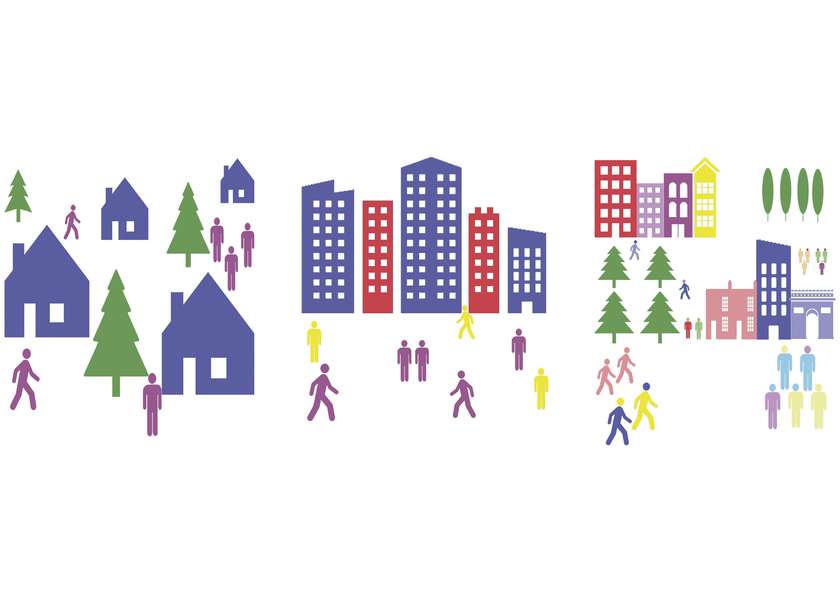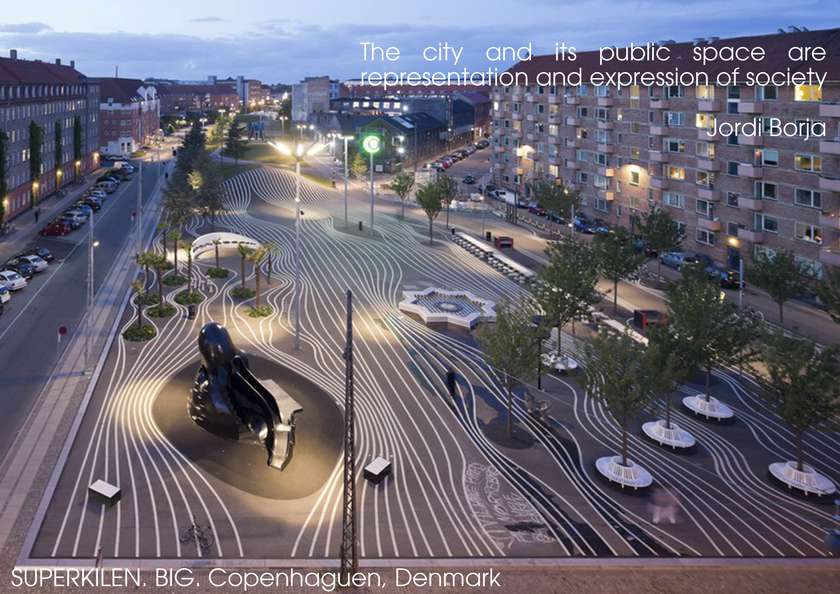Idea by
Manuel Escalona
Call for ideas 2017
Transculturation: New Heritage? New Space?
Transculturation: New Heritage? New Space?

In today’s globalized world we can find people from different cultural background in close contact, transforming our nations, cities and neighborhoods in cultural melting pots. This situation becomes more common every day with the waves of migrants that we can see around the globe –from families fleeing war zones to young people seeking for better future outside their countries of origin-. According with the United Nations in the world are more than 231.5 million of migrants (2013). This is why we can ask: Is transculturation a phenome that affect architecture in particular the public space? How the different migrant’s cultural heritage and the cultural heritage of the destination countries merge and translate into a transcultural urban space? How public spaces are designed and build today in a way that responds to this phenome? These are question that this project explores.

In a world where globalization is a common in our lives, transculturation and cultural heritage are gaining strength and transforming how we see our social and physical environments. Transculturation as a process of interaction and exchange between cultures transforms the cultural groups that are in contact. At the same time cultural heritage implies a shared bond, our belonging to a community. It represents our identity, our history, our bond to past, present and future.

“Society produces its buildings, and the buildings, although not producing society help to maintain many of its social forms” (King on Yaneva 2012:25). Is for this an exploration of the relation between the cultural heritage of a community and how this can translate into the creation of public transcultural space is a relevant theme to future architecture.

“Public spaces (…) are the spaces where we converge, we see and hear each other, but unlike the private area (…) is the “figure of the stranger” the element that characterizes them (…)the public space is the place par excellence where at stake our register of identity” (Teresa Ontiveros 2008:396). An example of transcultural public space design is Superkilen (Copenhaguen) an space Conceived as “A public space promoting integration across lines of ethnicity, religion and culture”
Transculturation: New Heritage? New Space?
Transculturation: New Heritage? New Space?

In today’s globalized world we can find people from different cultural background in close contact, transforming our nations, cities and neighborhoods in cultural melting pots. This situation becomes more common every day with the waves of migrants that we can see around the globe –from families fleeing war zones to young people seeking for better future outside their countries of origin-. According with the United Nations in the world are more than 231.5 million of migrants (2013). This is why we can ask: Is transculturation a phenome that affect architecture in particular the public space? How the different migrant’s cultural heritage and the cultural heritage of the destination countries merge and translate into a transcultural urban space? How public spaces are designed and build today in a way that responds to this phenome? These are question that this project explores.

In a world where globalization is a common in our lives, transculturation and cultural heritage are gaining strength and transforming how we see our social and physical environments. Transculturation as a process of interaction and exchange between cultures transforms the cultural groups that are in contact. At the same time cultural heritage implies a shared bond, our belonging to a community. It represents our identity, our history, our bond to past, present and future.

“Society produces its buildings, and the buildings, although not producing society help to maintain many of its social forms” (King on Yaneva 2012:25). Is for this an exploration of the relation between the cultural heritage of a community and how this can translate into the creation of public transcultural space is a relevant theme to future architecture.

“Public spaces (…) are the spaces where we converge, we see and hear each other, but unlike the private area (…) is the “figure of the stranger” the element that characterizes them (…)the public space is the place par excellence where at stake our register of identity” (Teresa Ontiveros 2008:396). An example of transcultural public space design is Superkilen (Copenhaguen) an space Conceived as “A public space promoting integration across lines of ethnicity, religion and culture”